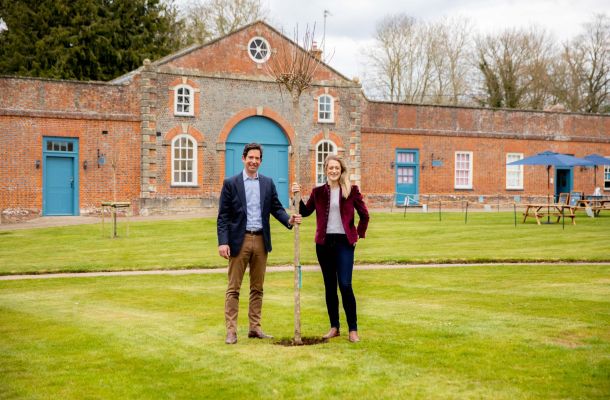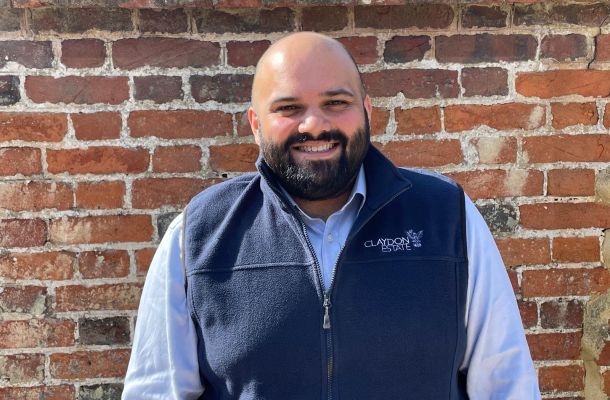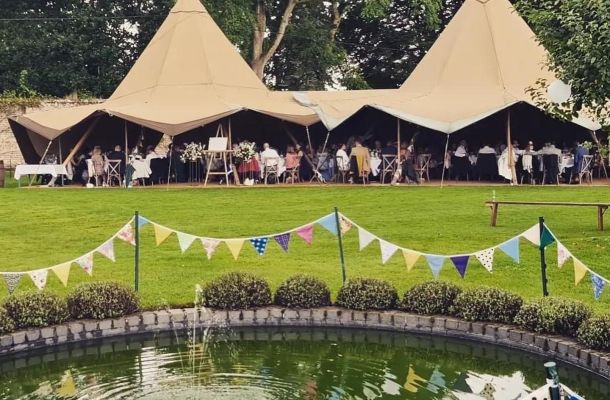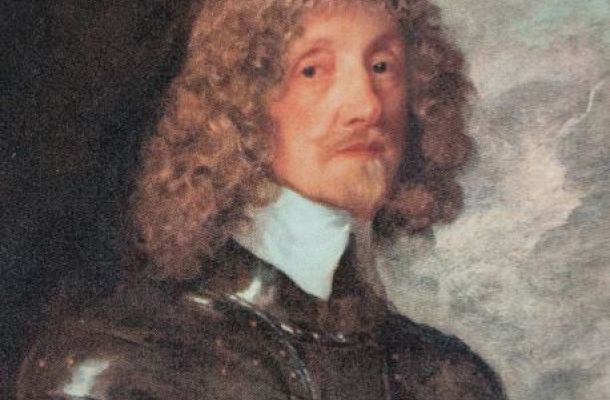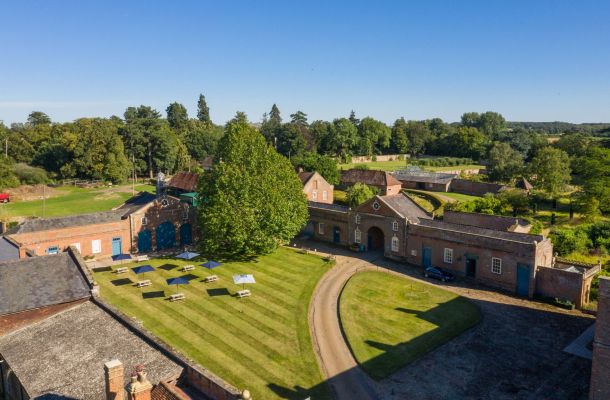Sir Edmund Verney – Standard Bearer to King Charles I
Sir Edmund Verney – Standard Bearer to King Charles I
Sir Edmund Verney – Loyalty unto death
January is a month which marks the birthday of Sir Edmund Verney, (1 January 1590 – 23 October 1642), Standard Bearer to King Charles I.
Sir Edmund was a high-ranking member of the royal household, known for his loyalty and dedication. He’s most remembered for his role as Standard Bearer to King Charles I at the Battle of Edgehill, the first significant battle of the English Civil War.
It was his unwavering loyalty that ultimately led to his death on the 23rd October 1642.
Born in 1590, Sir Edmund Verney was the son of Mary Blakeney and Sir Edmund Verney of Pendley Manor, near Tring, Buckinghamshire.
At the age of 14 he was schooled briefly at St Albans Hall, Oxford, and was later sent off to Europe to complete his education. This was the early 1600’s, and whilst such travel would have been normal in the eighteenth century, in the seventeenth century it would have been very much a novelty. No doubt the experience was excellent preparation for the next stage of his career…

MARRIAGE AND WORKING IN THE ROYAL HOUSEHOLD
In 1610 at the age of just 20 years old, Sir Edmund managed to secure a job in the household of Henry, Prince of Wales.
However, just seventeen months later in 1612, Henry died from Typhoid Fever. This meant the dissolution of the household, including Sir Edmund’s role.
This time that he had spent in the royal court was said to have had a great impact on him, which lasted right up until his death.
It was not long before Sir Edmund went on to serve Prince Henry’s younger brother, Prince Charles, Duke of York, (who later became King Charles I). This gave him an enormous sense of honour, and over the years the young Prince Charles grew to trust Sir Edmund entirely and recognised his devotion, honour, and loyalty.
In recognition of his service, loyalty and devotion Sir Edmund was knighted by King James I in 1611. It was this loyalty which would later cause divisions within the family.
It was in 1612 that Sir Edmund married Margaret Denton.
Margaret was 17 or 18 and lived with her family in Hillesdon, Buckinghamshire, not far from Middle Claydon. She would bring with her a hefty dowry of £2,300.00.
Although Sir Edmund was a promising young courtier from a good family, he was several rungs below the Dentons on the social ladder, and the negotiations were rather delicate and protracted.
The Dentons were a powerful and well-connected family in Buckinghamshire. Margaret’s father, Sir Thomas Denton, had served as high sheriff for the county in 1597. He had also sat as an MP in parliament summoned by James I when he succeeded to the throne in 1603. Sir Thomas’s wife Susan, was one of the Temples of Stowe, a prominent English family who owned Stowe Estate.
Eventually an agreement was made, and the wedding took place at Hillesden on 14th December 1612.

By the time Edmund was 25 he was knighted, working in the royal household, married, and had a twenty-month-old son with another child on the way. They would go on to have twelve children in total, though two sons died young.
It was due to their large family that Sir Edmund decided to establish the family in a country house. Claydon Manor was the obvious choice, it was close to Margaret’s family in Hillesden and was within a day’s ride of London.
It was Sir Ralph Verney, Lord Mayor of London who had bought the manor of Middle Claydon in 1463. Claydon Manor, as it was called, was currently being leased to the Gifford family, who had held the lease for most of the 1500’s. Sir Edmund successfully obtained the remaining 15 years of the lease for a sum of £3,639.00.
In 1620 Sir Edmund moved his family to Claydon Manor. They were the first Verney’s to live on the Manor which was to become the ancestral home of the Verney family.
Sir Edmund had to borrow heavily to buy the lease. He wasn’t particularly good at managing his financials; he was often reckless with money and lived well beyond his means. As a member of the King’s court, he faced many social obligations that had high expenses which were far greater than the income paid to him by the King. He was forever on the lookout for “Get Rich Quick” schemes.
Prince Charles had agreed to help Sir Edmund purchase the lease by paying him £4,000.00 in four annual instalments. Unfortunately, Charles never did pay up and Sir Edmund remained in debt for the rest of his life. When he died, he left his oldest son, Ralph, burdened with £9,000.00 worth of debt.
BECOMING KNIGHT MARSHALL
Prince Charles was not known for his good decisions in choosing his personal servants. Nonetheless, he did recognise a loyal friend and servant in Sir Edmund. Soon after coming to the throne in 1625 Charles appointed him Knight Marshal of the Kings Household. This was a high-ranking position, responsible for maintaining order and discipline within the King’s court and the vicinity. Taking on this position came with significant benefits, including an extra pension and additional salary, which certainly helped with his financial issues.
Sir Edmund had served Charles for quarter of a century, and despite his devotion and loyalty to the King, Sir Edmund found himself at odds with the King on several issues.
King Charles sought to rule with absolute power disregarding Parliament’s authority. He believed that it was his right as King to govern without the advice and consent of Parliament. Sir Edmund felt a great unease at this assumption of absolute power.
Sir Edmund was also opposed to the King’s religious policy. It was widely believed that the King favoured Catholicism, especially since King Charles had married a Catholic princess. Those that followed Catholicism were often seen as a threat, and the Catholic Church was viewed as corrupt and oppressive. Many feared that Catholics were planning to take control over the government of the country!
Sir Edmund feared the return of Roman Catholicism and thought he could see its increasing influence within the royal court.
THE ENGLISH CIVIL WAR AND SIR EDMUND’S ROLE
It was because of King Charles’ regime that the English Civil War broke out in 1642. A war which divided the country, with Royalists, led by King Charles I, against the Parliamentarians. This was a war defined by issues of freedom, religion and the future for English governance.
Like many families throughout the country, Sir Edmund had to choose which side to support. Despite disagreeing with the King’s religious policies Sir Edmund could not betray his Lord and Master. Sir Edmund wrote:
“I do not like the quarrel, I do heartily wish that the king would yield to their desires, but I have eaten his bread and served him near thirty years , and will not do so base a thing as to forsake him now; and choose to lose my life (as I am sure to do) to preserve and defend this which it is against my conscience to do.”
Sir Edmund’s choice caused a painful divide within Sir Edmunds family, particularly with his oldest son Ralph. However, despite this division, Ralph stood firm in his own convictions and chose to support the Parliamentarians. This was a significant blow to Sir Edmund, and one which weighed heavily on him causing considerable emotional distress.
Ralph was also saddened by the division within the family as he deeply respected and loved his father. Ralph felt hugely upset and guilt ridden about being on opposing sides. This guilt lived with him for years, even after Sir Edmund’s death.
Despite their differences, it was clear that they still cared for each other, which is evident through letters that Sir Edmund had written to his son.
THE BATTLE OF EDGEHILL AND SIR EDMUND VERNEY’S TRAGIC DEATH
On Monday 22nd August 1642 King Charles declared war and appointed Sir Edmund Verney as his “Standard Bearer”. This was a crucial role and a symbol of royal authority; it was also a prime target for the Parliamentarians!
The first battle of the Civil War was The Battle of Edgehill, fought on October 23rd, 1642.
Sir Edmund, who had breakfasted with the king that morning, proudly raised the standard high as Charles, wearing a black velvet cloak over his armour, rode up and down the ranks encouraging his men:
“Your king bids you be courageous, and heaven make you victorious”.
Unlike his King, Sir Edmund had decided that he was not going to wear any protective armour in battle, of even a heavy buff coat. We’ll never know why.
Across the fields, the Royalists cheered their King and the order to open fire was given.
During battle Sir Edmund was involved in some vicious hand to hand fighting with Parliamentarian soldiers and was soon surrounded by men and powdered smoke.
Sir Edmund fought back and wielded the standard as a weapon…he then went down.
It’s hard to know exactly how Sir Edmund died on the battlefield as his body was never found. According to an old Verney legend, the soldiers were unable to prise the standard from his “cold dead hand”, so they cut his hand off and carried it away.
Soon after, Sir Edmund’s ghost was reportedly seen wandering the battlefield, as well as in the woods at Claydon, and occasionally in the house – searching for his lost hand.
By the eighteenth century the story had evolved, and it was said that he was offered his life on condition that he give up the standard. This he could not do, and instead said, “His life was his own, but the standard was his and the sovereigns and he would not deliver it whilst he lived”. He then single handedly killed 16 of his attackers before they bought him down.
However, the truth is more likely that he was shot during the fighting, after which the standard was presented to the Earl of Essex, Captain General and Chief Commander of the Parliamentarian army.
In 1653, Sir Edmund’s son, Sir Ralph, had a monument built in All Saints church at Middle Claydon. It included alabaster figures of his parents as well as his wife and himself.
The monument bears the inscription “Sacred to the memory of Sir Edmund Verney who was knight Marshall 18 years and Standard Bearer to Charles the first in that memorable battle of Edgehill where he was slain on the 23rd of October 1642, being then in the two and fiftieth year of his age. The same inscription honours Lady Margaret by whom he had six sons and six daughters”.
A panel below says, “Mary wife of Sir Ralph Verney (eldest son of the said Sir Edmund and Lady Margaret) by whom she had three sons and three daughters whereof only Edmund and John are living”. The panel commemorates her burial at Claydon on 19 November 1650 and announces that this is also where her husband intends to be buried.
This monument can be viewed today in All Saints church, Middle Claydon. The interior of the church is beautiful and contains a fascinating array of monuments and sculptures dedicated to Verney ancestors.
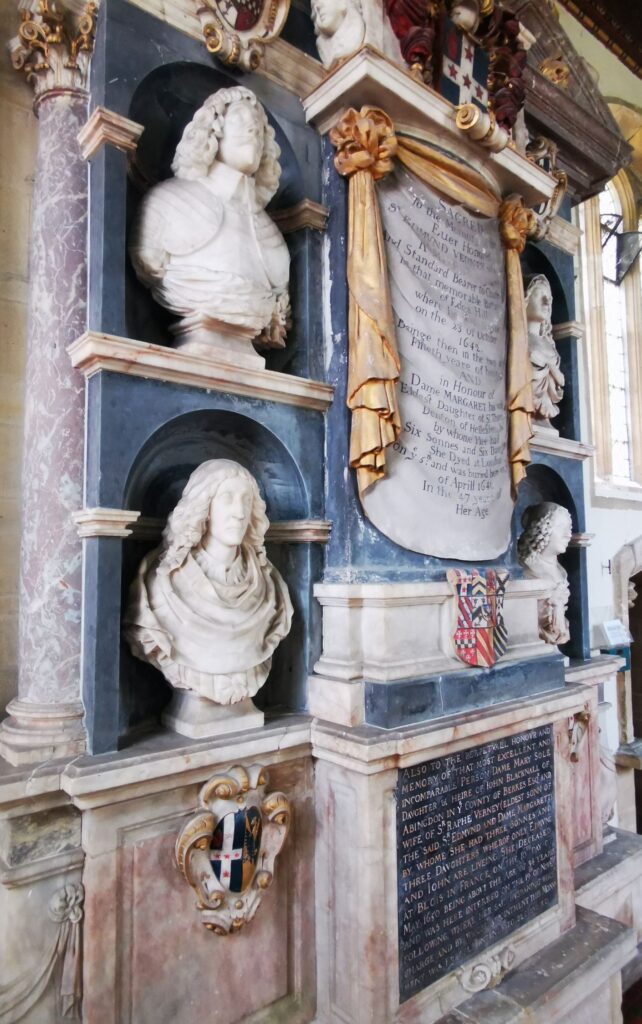
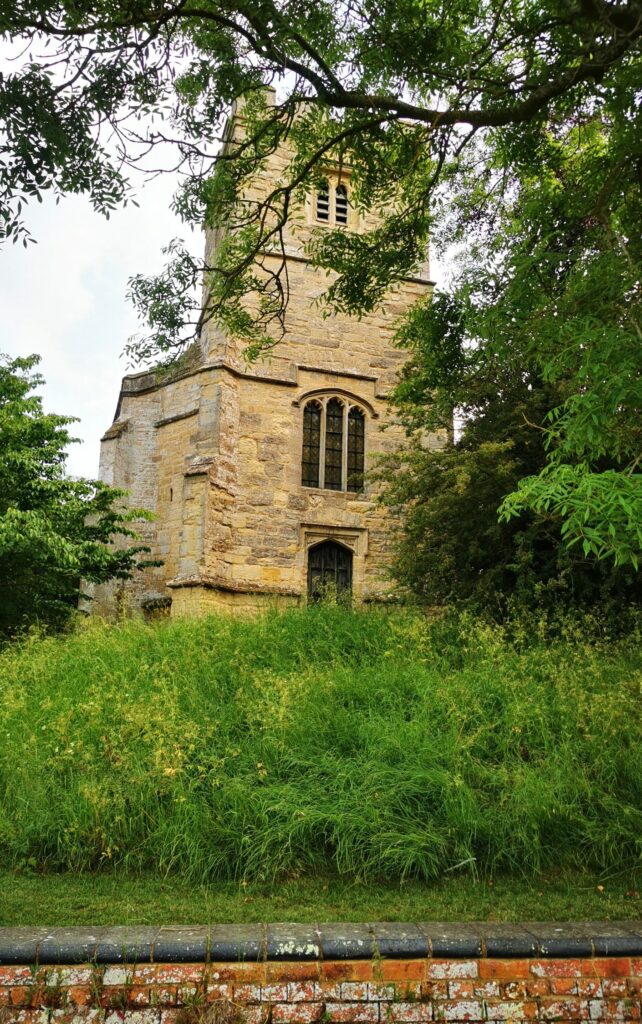
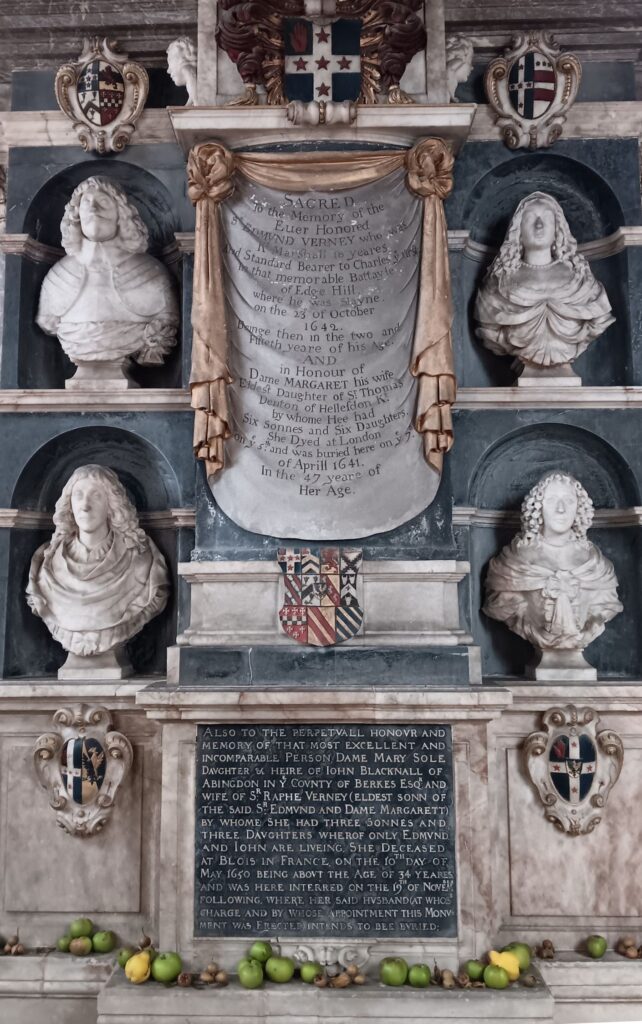
Monument at All Saints Church
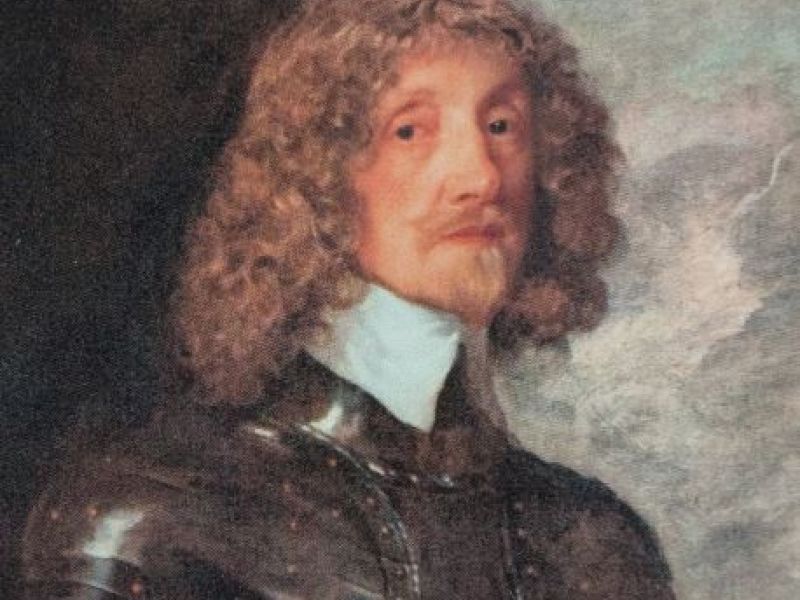
Popular Posts
Get in Touch
The Claydon Estate
Estate Office, Middle Claydon, Buckinghamshire
MK18 2EX
- Phone
- Email
Opening Hours
Claydon Courtyard and Phoenix Kitchen are open daily, between 10am-5pm.
We recommend you check with individual Courtyard businesses and the National Trust Claydon House for their opening times.
